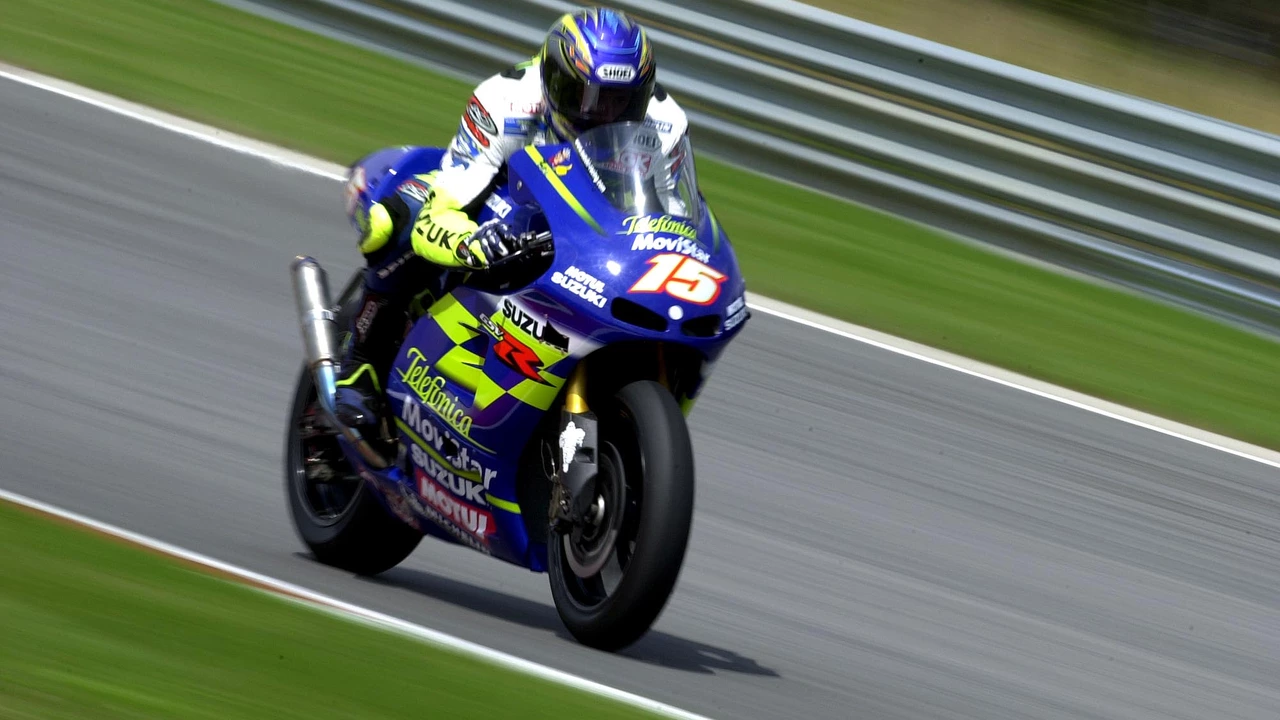Entry-Level Racing: Your First Steps on the Track
Thinking about jumping into motorsport? You don’t need a fancy car or a big budget to start. Entry-level racing is all about learning the basics, staying safe, and having fun. Below you’ll find the practical steps you need to get on the grid, from choosing a vehicle to finding a club near you.
Pick the Right Machine
The easiest way into racing is with a kart or a low‑power road car. Karts cost a fraction of a race‑car and teach you cornering, braking and throttle control right away. If you prefer four wheels, look for a used hatchback with a modest engine—something in the 100‑150 bhp range works well for club races. The key is to pick a vehicle that’s cheap to run, easy to repair and approved for beginner events.
Get Licensed and Join a Club
Most tracks require a basic racing licence. You can earn this by attending a one‑day course that covers safety rules, flag signals and track etiquette. After you’ve got the licence, join a local motorsport club. Clubs are the best place to meet other drivers, find practice sessions and get advice on where to race. They often run “novice nights” where you can try the track without pressure.
When you sign up, ask about mentorship programs. Many clubs pair new drivers with experienced racers who can show you the ropes, from setting up a seat to tuning a suspension.
Budget Smartly
Entry-level racing doesn’t have to break the bank. Expect to spend on a licence, a helmet, racing suit and basic safety gear. A good helmet costs around £200, while a suit can be found for £150‑£250. Your biggest expense will be track fees and fuel, so start with a few practice days before committing to a full race weekend.
Keep a simple spreadsheet of all costs—entry fees, parts, tires, fuel—so you can see where your money goes. Many drivers buy used tyres and brake pads to save cash, but never compromise on safety equipment.
Practice the Fundamentals
Before you hit a race, spend time mastering the basics. Learn the racing line, practice smooth braking and work on throttle control. Use a dry run on the track to get a feel for the car’s balance. Record a few laps with a lap timer or a smartphone app; watching the footage helps you spot mistakes.
Don’t ignore physical fitness. Even a short sprint race asks your body to react quickly. Simple cardio and core exercises improve endurance and help you stay focused during a race.
Plan Your First Race Weekend
Pick a local event that offers a “novice” class. These races usually have fewer cars and a slower pace, which is perfect for a first try. Arrive early, set up your car, and walk the pit lane to understand the layout. Talk to the scrutineers—they’ll check your safety gear and give final advice.
During the race, stay calm and stick to the line you practiced. Remember, finishing the race is a win for a beginner. Celebrate every lap completed and use the experience to improve.
Entry-level racing is a stepping stone. As you gain confidence, you can move to faster karts, higher‑power cars or even regional championships. The most important thing is to enjoy the process, stay safe and keep learning.
Ready to rev the engine? Grab a helmet, sign up for a licence course and hit the track. Your racing journey starts with that first lap.
Ever dreamed of being a speed demon on two wheels? Moto racing is your ticket, buddy! Start by finding a local track and getting lessons from experienced riders. Don't forget to kit up with the right gear, safety first, pals! Then, get your hands on a bike, start small and work your way up, remember Rome wasn't built in a day, neither will your moto racing skills. Practice makes perfect and maybe soon, you'll be the Valentino Rossi of your buddies!

